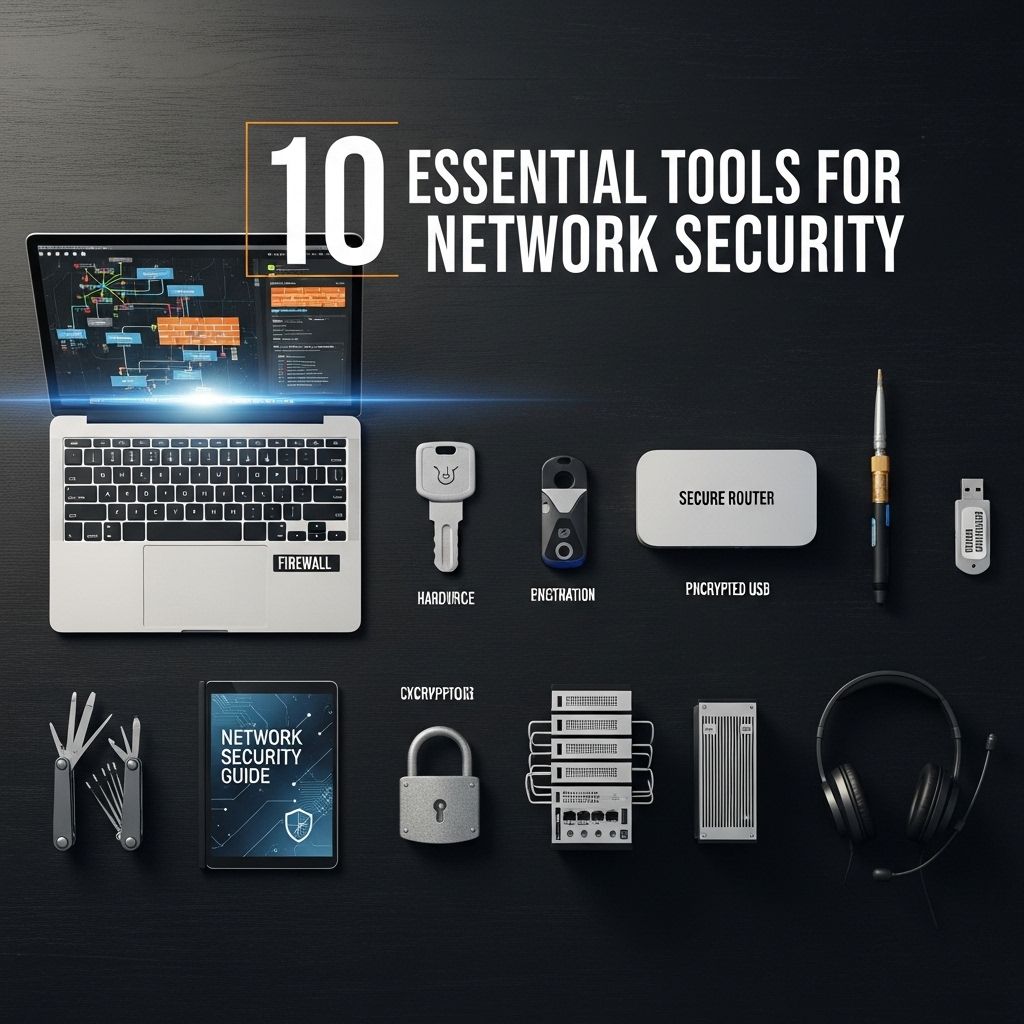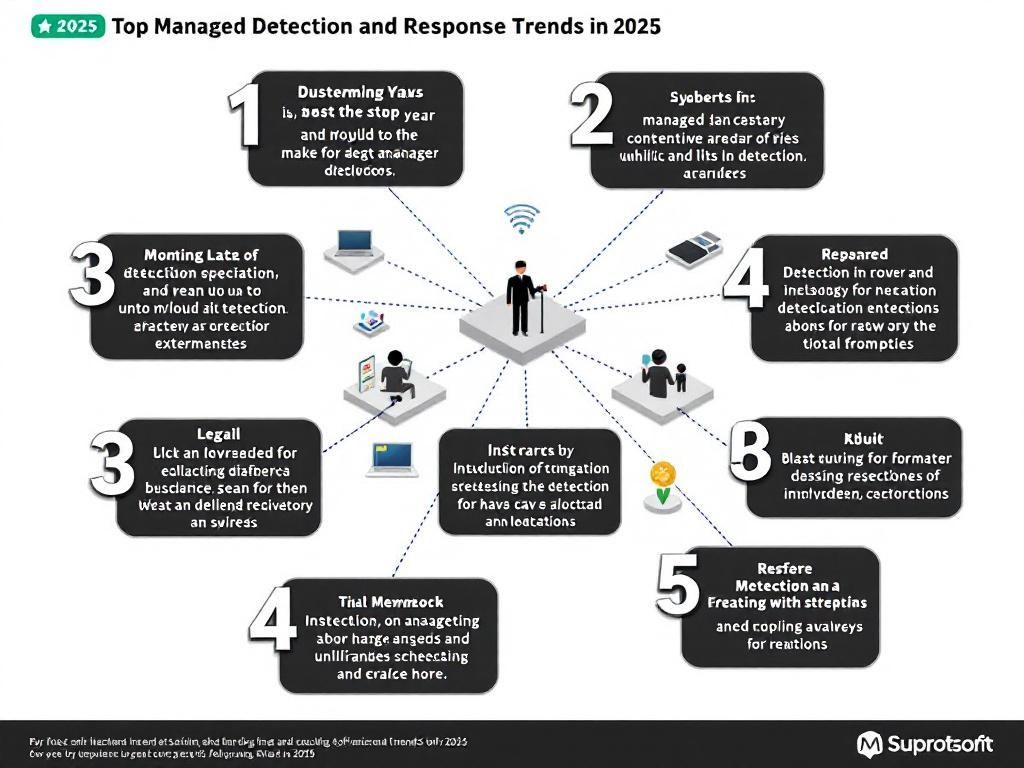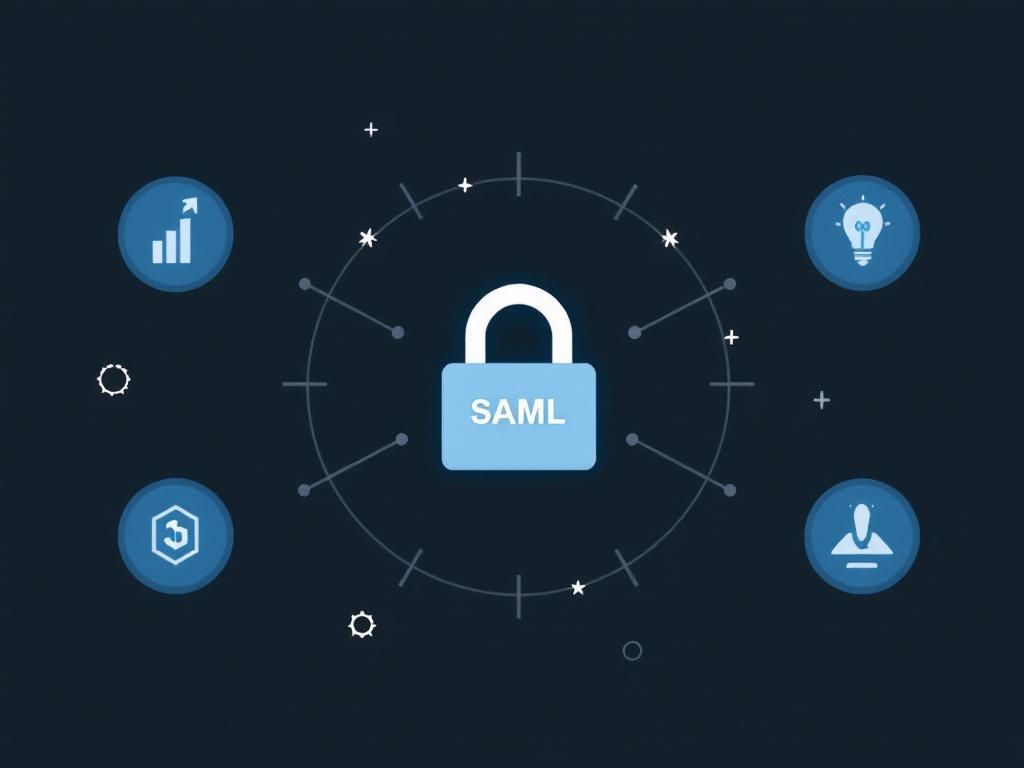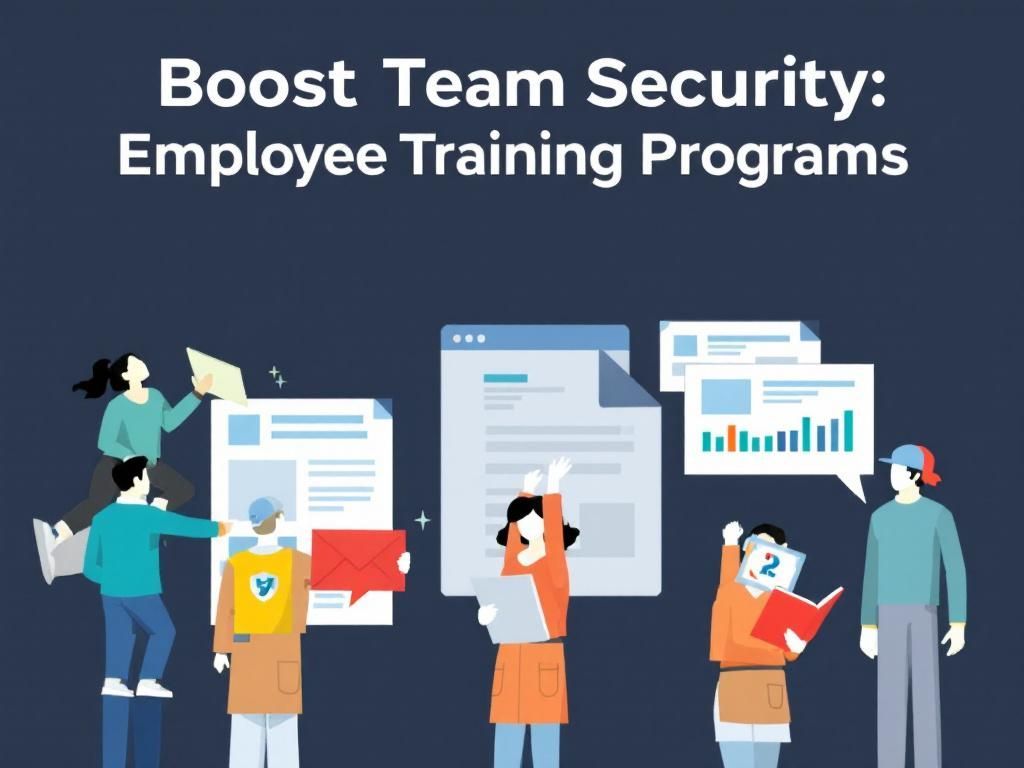Combat Cyber Threats with Managed Detection Services
Discover how managed detection services can help you combat cyber threats effectively and protect your business from potential cyber attacks.

In the ever-evolving landscape of cybersecurity, organizations face an unprecedented level of risk from cyber threats. As these threats become more sophisticated, the demand for effective detection and response strategies has grown. Managed Detection and Response (MDR) services have emerged as a pivotal solution, offering a comprehensive approach to safeguarding digital assets. This article delves into the mechanisms of MDR, its benefits, and its critical role in combatting cyber threats.
Table of Contents
Understanding Managed Detection and Response (MDR)
Managed Detection and Response refers to a security service that provides continuous monitoring, detection, and response to threats in real-time. Unlike traditional security measures that are often reactive, MDR services employ a proactive and holistic approach to cybersecurity.
Key Components of MDR
- 24/7 Monitoring: Continuous surveillance of the network and endpoints.
- Threat Intelligence: Utilization of up-to-date information on emerging threats.
- Incident Response: Immediate action taken to contain and remediate threats.
- Analytics and Reporting: Detailed reporting and analytics for better decision-making.
The Role of Threat Intelligence in MDR
Threat intelligence is a cornerstone of effective MDR services. By leveraging advanced analytics and data from various sources, security teams can identify vulnerabilities and predict potential attacks. This intelligence helps organizations stay ahead of cybercriminals through:
- Contextual Awareness: Understanding the threat landscape specific to their industry.
- Predictive Insights: Anticipating attack patterns and methods.
Benefits of Implementing MDR
Organizations that adopt MDR services can expect a multitude of benefits that enhance their cybersecurity posture and operational efficiency:
1. Enhanced Security
MDR provides a deep layer of security that goes beyond basic antivirus or firewall solutions. Organizations benefit from:
- Advanced threat detection capabilities.
- Rapid response to incidents before significant damage occurs.
2. Cost Efficiency
Managing cybersecurity in-house can be prohibitively expensive. MDR services offer:
- Access to expertise and tools without the overhead costs of hiring full-time staff.
- Scalable solutions that grow with the organization.
3. Improved Compliance
For businesses that must adhere to regulatory requirements, MDR can aid in:
- Maintaining compliance with standards like PCI DSS, HIPAA, and GDPR.
- Providing evidence of security measures and incident response procedures.
MDR vs. Traditional Security Solutions
It is essential to understand how MDR differs from traditional security measures in order to appreciate its value:
| Feature | Traditional Security | MDR |
|---|---|---|
| Real-Time Monitoring | No | Yes |
| Proactive Threat Hunting | No | Yes |
| Automated Response | Limited | Extensive |
| Expertise | In-house | External Team |
How to Choose the Right MDR Provider
Selecting the right MDR provider is critical to successfully combatting cyber threats. Here are pivotal factors to consider:
1. Expertise and Reputation
Research the provider’s track record in handling incidents and their reputation within the industry. Check for:
- Client testimonials.
- Case studies demonstrating successful threat responses.
2. Technology and Tools
Evaluate the technology stack that the provider employs:
- Do they use advanced analytics and AI?
- Are their tools capable of integrating with your existing infrastructure?
3. Service Level Agreements (SLAs)
Understand the SLAs provided by the MDR service. Key points include:
- Response times for incidents.
- Availability of support.
Future Trends in Managed Detection and Response
As technology and cyber threats continue to evolve, so too will the strategies employed by MDR services. Key trends to watch include:
1. Integration of Artificial Intelligence
AI and machine learning will play a more prominent role in detecting and responding to threats, improving the speed and accuracy of incident response.
2. Increased Focus on User Behavior Analytics
Monitoring user behavior will become critical in identifying insider threats and unusual activities that could indicate a breach.
3. Enhanced Automation
Automation will streamline response processes, allowing for quicker action and reduced operational burdens on security teams.
Conclusion
The landscape of cyber threats is dynamic and fraught with challenges. Managed Detection and Response services offer organizations a robust solution for anticipating and mitigating these risks. By leveraging advanced technologies and expert knowledge, businesses can not only protect their assets but also ensure compliance and operational efficiency. In a world where cybersecurity is paramount, investing in MDR could be the most strategic move an organization can make.
FAQ
What is managed detection and response?
Managed detection and response (MDR) is a cybersecurity service that provides continuous monitoring, detection, and response to cyber threats using advanced analytics and expert analysis.
How does managed detection help combat cyber threats?
Managed detection helps combat cyber threats by identifying and mitigating potential risks in real-time, reducing the likelihood of data breaches and other cyber incidents.
What are the benefits of using managed detection services?
The benefits of using managed detection services include enhanced threat visibility, rapid incident response, access to cybersecurity expertise, and reduced operational costs.
Who can benefit from managed detection and response?
Businesses of all sizes, especially those lacking in-house cybersecurity resources, can benefit from managed detection and response services to strengthen their security posture.
What types of threats can managed detection services identify?
Managed detection services can identify a wide range of threats including malware, phishing attacks, ransomware, insider threats, and advanced persistent threats.
How do I choose a managed detection service provider?
When choosing a managed detection service provider, consider their experience, technology stack, customer support, and the comprehensiveness of their threat detection capabilities.








